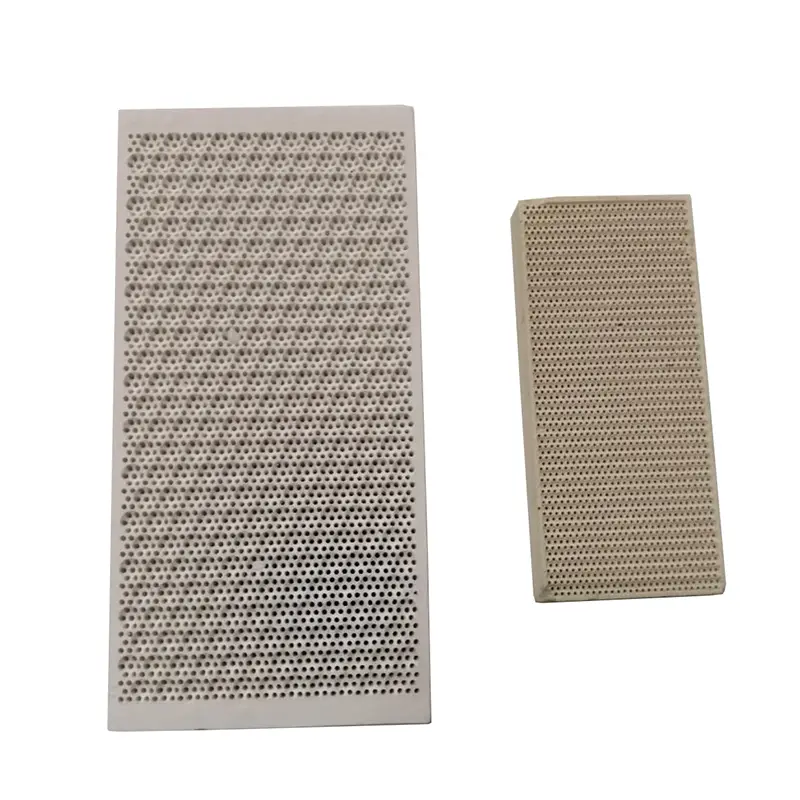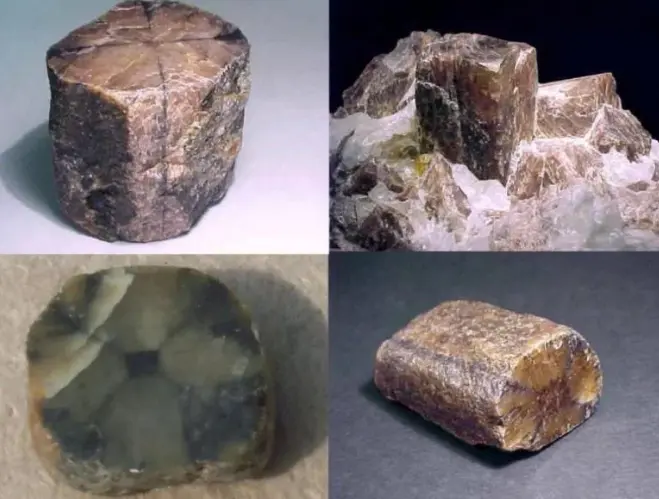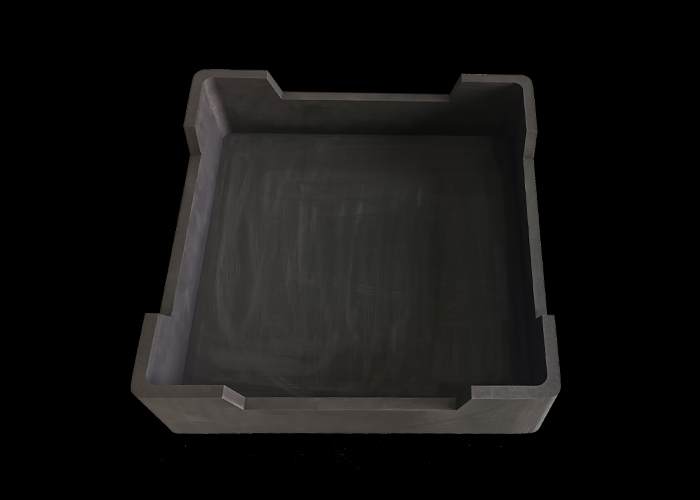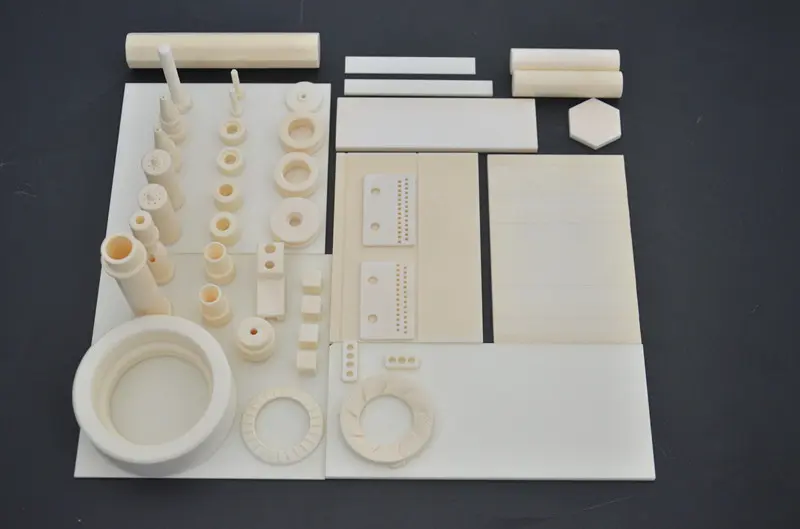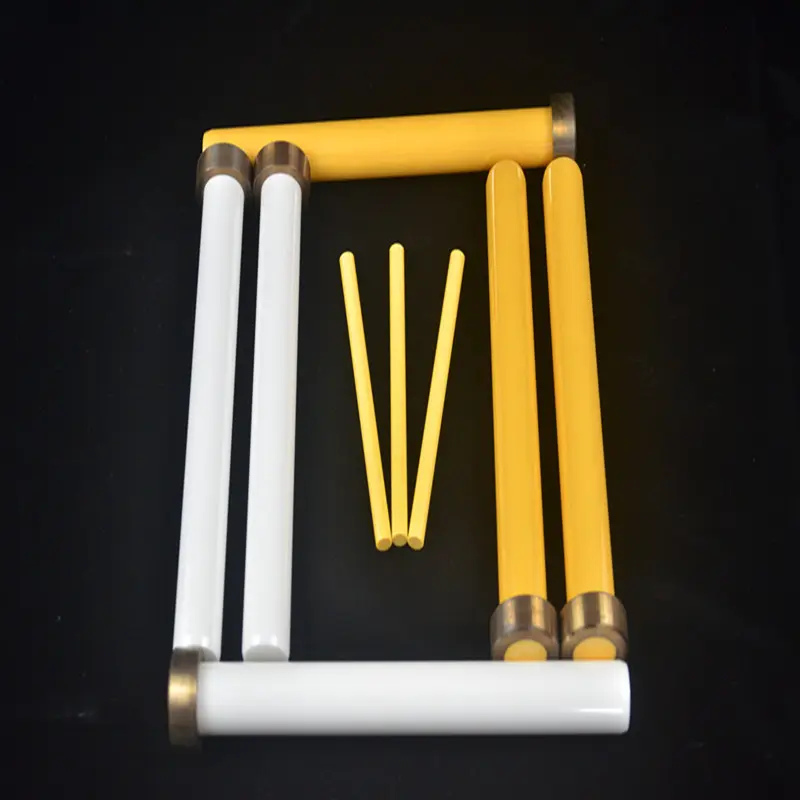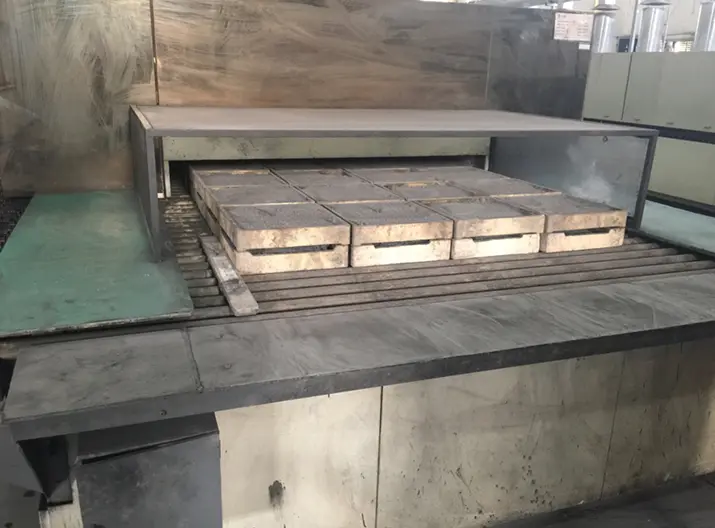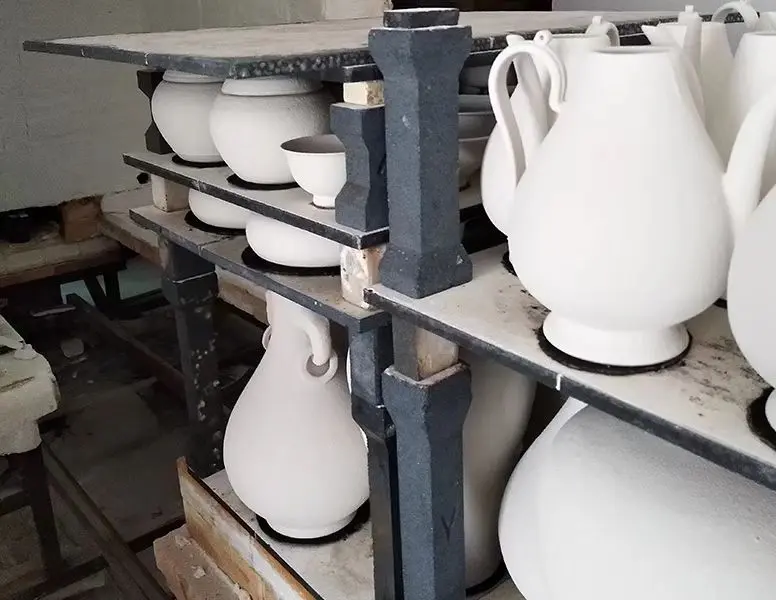Boron Nitride Ceramics
-
High-Temperature Resistance
-
High melting point (~3000°C), stable for long-term use in inert atmospheres.
-
Maintains excellent electrical insulation and chemical inertness at elevated temperatures.
-
-
Thermal Conductivity & Electrical Insulation
-
h-BN has high thermal conductivity (≈30 W/m·K) while remaining electrically insulating, making it ideal for high-temperature electronic heat dissipation.
-
c-BN approaches diamond in hardness but offers superior thermal stability (resists oxidation up to 1400°C).
-
-
Lubricity
-
h-BN has a layered structure similar to graphite, providing low friction (coefficient: 0.2–0.4) and serving as a high-temperature lubricant.
-
-
Chemical Stability
-
Resistant to acids, alkalis, and molten metals, with better oxidation resistance than graphite.
-
-
Mechanical Properties
-
c-BN ranks second only to diamond in hardness but exhibits lower brittleness, making it suitable for machining ferrous materials.
-
II. Applications
-
High-Temperature Environments
-
Crucibles, thermocouple protection tubes, rocket nozzle linings.
-
-
Electronics Industry
-
Heat dissipation substrates for integrated circuits, high-voltage insulating components, 5G device thermal films.
-
-
Machining & Tooling
-
c-BN-based ultra-hard cutting tools for precision machining of high-hardness steels.
-
-
Lubrication
-
High-temperature bearings, release agents (e.g., in metal casting, glass molding).
-
-
Aerospace
-
Ablation-resistant components, thermal shielding for spacecraft.
-
-
Nuclear Industry
-
Neutron-absorbing materials (due to boron’s high neutron capture cross-section).
-
-
Other Applications
-
Cosmetic additives (h-BN is non-toxic and smooth), LED substrates, etc.
-
Summary: Boron nitride ceramics, with their unique combination of high-temperature stability, thermal conductivity, electrical insulation, and lubricity, are indispensable in extreme environments and advanced industrial applications.


